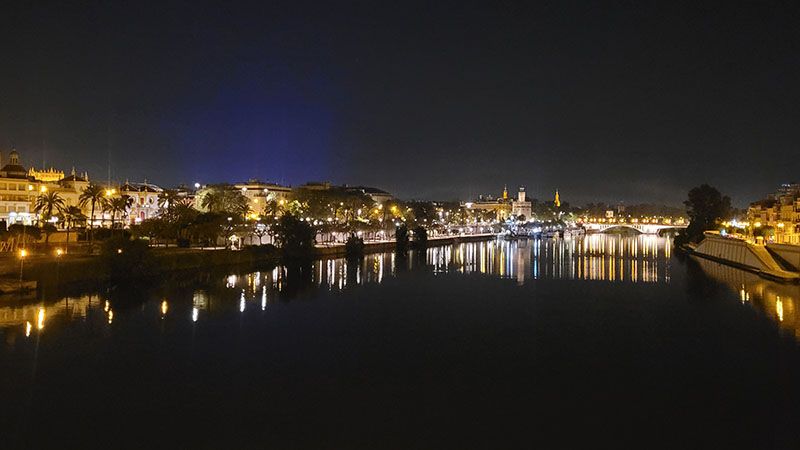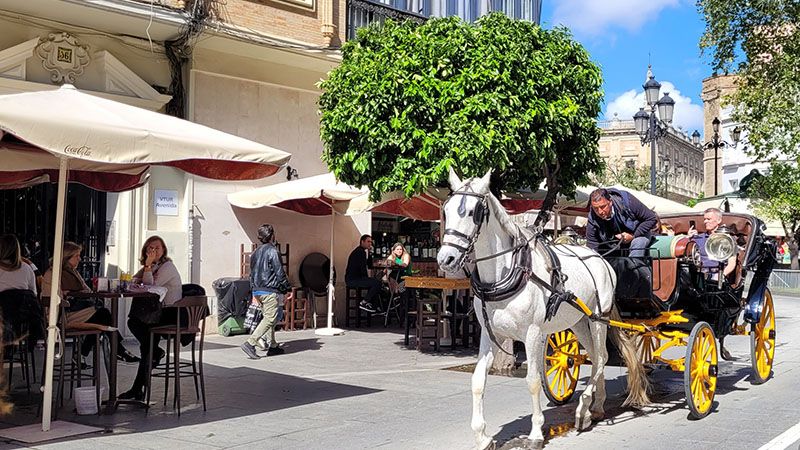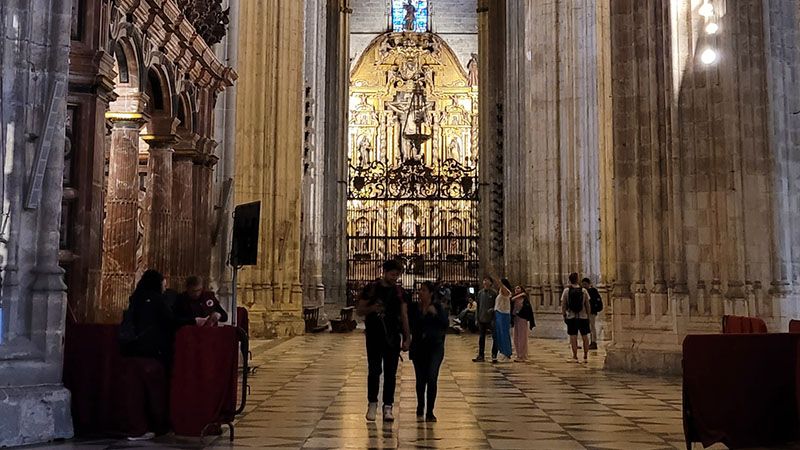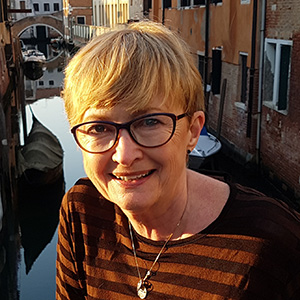
Having recently returned from 10 days in Spain, I can attest that this is one fantástica destination. My travels took me to the sublime city of Seville in the south; the Mediterranean island of Mallorca; and the scenic and photogenic capital, Madrid.
It actually ended up feeling like three trips in one: each destination has its own vibe, culture, and geography. And all are equally charming. Eyewitness Guides calls Seville “one of the world’s most romantic cities” and it’s hard not to see why. Located in southern Spain, about an hour’s flight or 2 hours & 20 minutes by high speed train from MAD, it is as accessible as it is pretty.

With a population of some 700,000, Seville is famed for its serene views of the Guadalquivir River, the walkable streets, flower-filled plazas and – how could I forget – flamenco dancing. It’s hard not to get caught up in the passion, the athleticism and pounding footsteps of a flamenco dance.

A walk through the compact downtown area is always a pleasure, day or night. Shade is provided by some 50,000 orange trees (which give us that famous Seville marmalade) and there is always the gentle clip clop of horses’ hooves. There are some 200 horsedrawn carriages in Seville, and it was a pleasure to learn that the horses are strictly protected by laws governing their shelter, feeding, and how much they can work (1 day out of 3).

The architecture is also stunning, including world’s largest Gothic Cathedral with its iconic tower which is visible from anywhere in the city, making it a handy visual reference for visitors.
The Real (“royal”) Alcazar palace dates back to the 10th century and was featured in 2014’s Game of Thrones. Its gardens make a peaceful oasis in the heart of the city, as popular with locals as with visitors. We stayed at the Hotel Inglaterra, an old-fashioned charmer overlooking a leafy square and within easy walking distance of all of Seville’s attractions. Yes, it has all the modern facilities and a chic rooftop bar with fab views, but I found it very sweet that the room amenities included writing paper and a shoe-polishing kit.

Seville is also a great base from which to explore the surrounding province of Andalucia. We travelled to the town of Osuna, famed for its white baroque houses, and visited the divine Parador del Carmone, just 30 minutes from Seville. One of 98 parador hotels in Spain and Portugal, each a lovingly restored building of historic significance, it was once a 14th century Moorish castle and today features sublime views of the surrounding countryside and a hushed elegance perfect for the most discriminating client.

During the trip, I spent some time with Barbara Coutu, the Director of the Tourist Office of Spain for Canada. “The average stay for Canadians is 7 days – but a significant number stay two weeks or more,” she told me. And while many opt to stay on the Mediterranean coast near BCN, she has a special place in her heart for Seville: “Such an iconic and cultural city with a heritage dating back to the Romans - it has so much character and is a perfect example of the Spanish lifestyle.”
Next up: Mallorca, the Mediterranean island that “launched” Spanish tourism in the 1960s.






